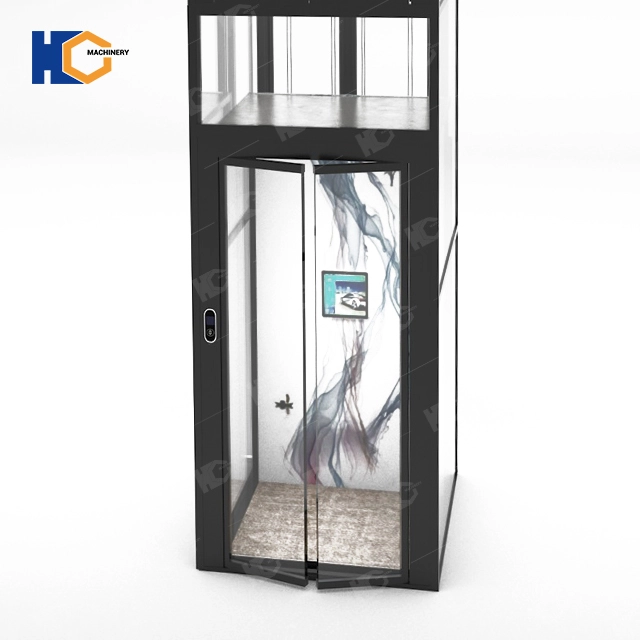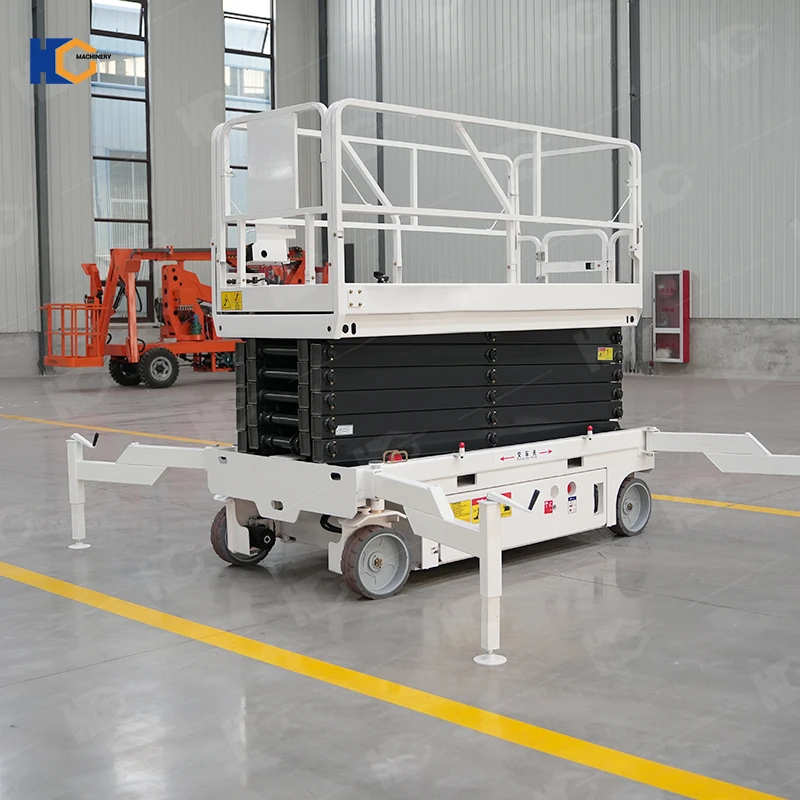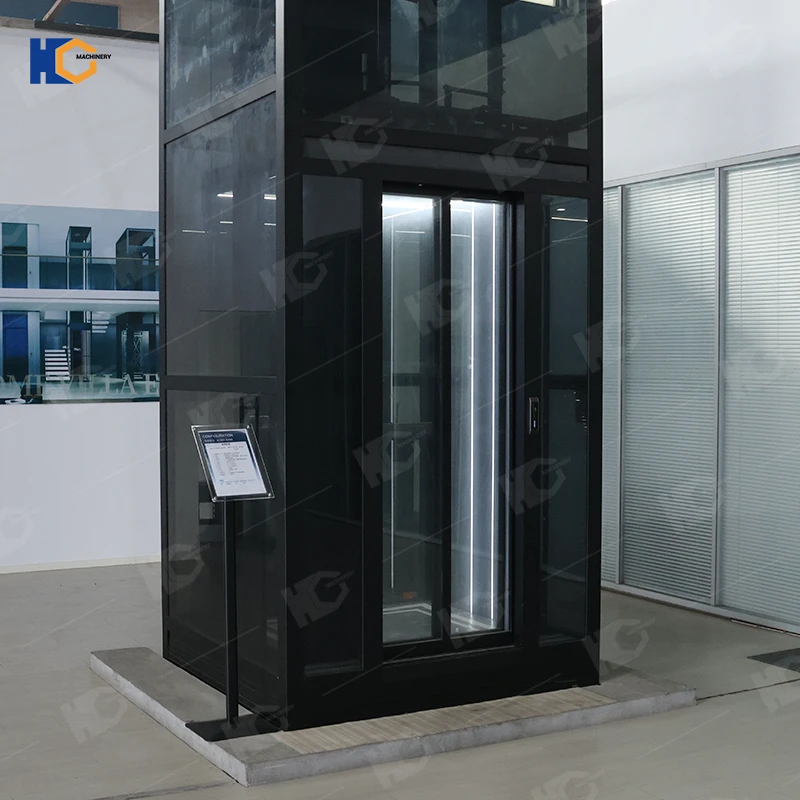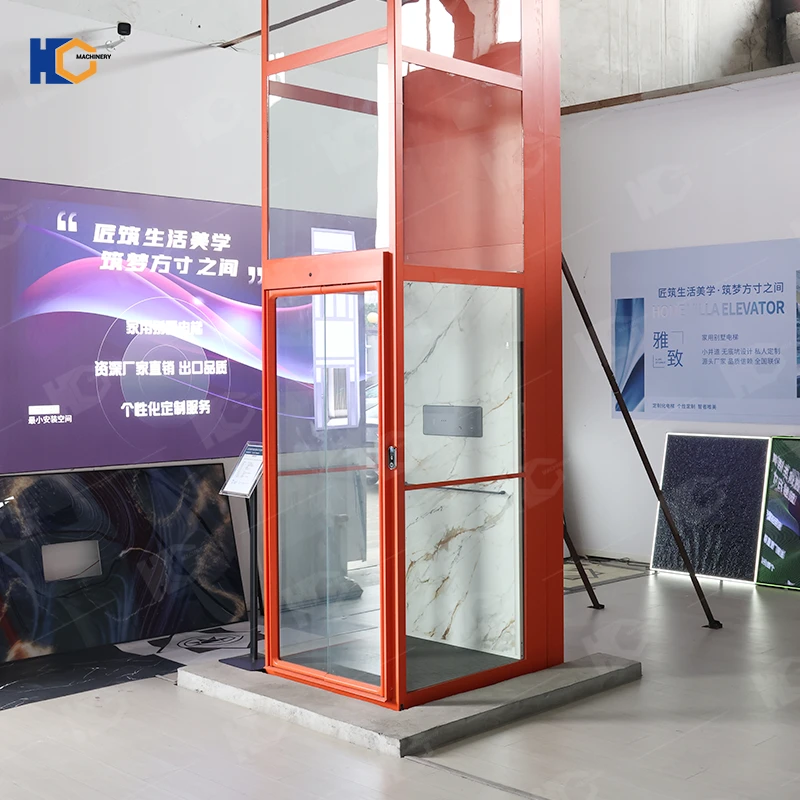Hydraulic elevator configuration sheet.pdf
In modern buildings, elevators are a very important vertical mode of transportation. Hydraulic elevators and traction elevators have been widely used due to their respective characteristics and advantages. The editor below will give you a detailed introduction and comparison.
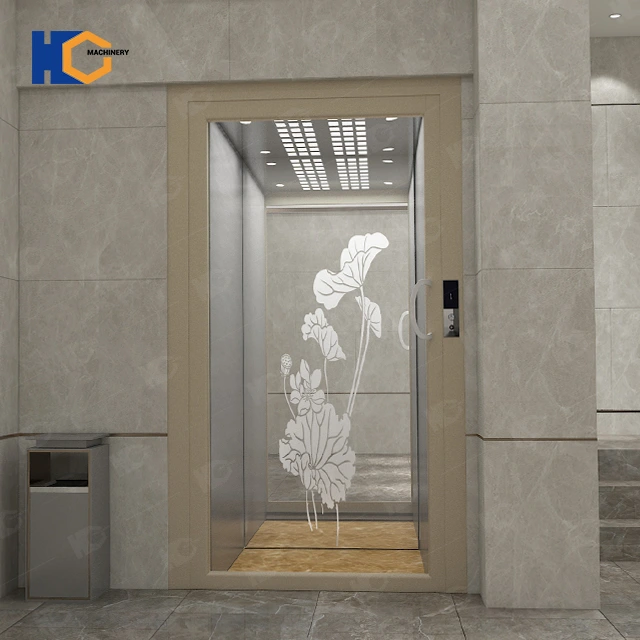
Traction elevators
The traction elevator uses a traction machine to pull the traction rope or steel belt to drive the elevator lifting and lowering. You can think of the power of the traction elevator as a lever, which relies on the counterweight to pull the car lifting and lowering, and the traction host only needs a little force to complete the traction work. The advantages of this kind of elevator are compact structure and efficient operation, making it very suitable for high-rise buildings.
Hydraulic elevators
Hydraulic elevators uses a completely different principle, mainly rely on hydraulic systems to work. You can imagine that a hydraulic elevator is like a giant syringe that uses hydraulic oil to push the elevator lifting or lowering. The advantages of this kind of elevator are that it occupies a small area, has low building requirements, and is relatively simple to install and maintain.
How should we choose between traction elevators and hydraulic elevators?
In terms of lifting height
There is no lifting height limit or floor number limit for traction elevators. For hydraulic elevators, our recommended maximum lifting height is no more than 12m. This is because once the lifting height exceeds 12m, the length of the oil cylinder will reach 4.5m. It is difficult to install and transport the oil cylinder beyond this length.
In terms of the requirements of the building where the elevator is installed
Traction elevators have very strict restrictions on construction. For home traction elevators, the minimum top floor height is required to be 2700mm, and the pit should be greater than 300mm. For commercial traction elevators, the minimum top floor height is required to be 4000mm, and the pit is required to be no less than 1000mm. Hydraulic elevators do not have strict requirements for buildings. There are no pit requirements or machine room requirements. Hydraulic elevators can be installed if the top height is less than 2600mm, or even if the top height is only 1500mm.
In terms of installation and maintenance difficulty
Traction elevators require a professional installation team to install due to their complex elevator structure. Depending on the frequency of use, on-site maintenance by the installation team is required every quarter, every six months, and every year. The hydraulic elevator has a simple structure, and customers can install it themselves or find workers to install it according to our installation manual. The maintenance of hydraulic elevators is also very simple. You only need to replace the hydraulic oil every two years and add lubricating oil once a year.
From the most important point of view of safety, which elevator should we choose?
In fact, for Huichuang brand, hydraulic elevators and traction elevators are very safe. The main safety devices of traction elevators include Speed limiter, Safety gear, Buffers, Light curtain, backpack power, governor and tensioner. As for TUHE's hydraulic elevators, after a long period of development and accumulation, we have integrated the safety devices of traction elevators into the hydraulic elevator. Hydraulic elevators include governor, trensioner, leveling device, backpack power, light curtain, and safety gear. At the same time, the Backpack power configured in these two elevators can allow the elevator to still send passengers to the nearest floor in the event of a sudden power outage in the building, preventing passengers from being trapped.
Advantages of Huichuang
Huichuang Lift Company has been established for 12 years since its establishment in 2012, and our management team has more than 19 years of experience in the elevator industry. After our development and precipitation for such a long time, we have updated and developed our elevators step by step according to customer needs and the latest technology. Our elevators have been exported to more than fifty countries in the world. There are currently two major large factories in China, located in Suzhou City, Jiangsu Province and Jinan City, Shandong Province, and four elevator showrooms, respectively in Shenzhen City, Suzhou City, Jinan City, and Hefei City. We adhere to the customer-centered thinking and continue to provide customers with all-round high-quality services, and have also won widespread praise from customers. If you are interested in elevators and need our technical support, please contact us via WhatsApp/Wechat: +86-177 5313 1021, and we will provide you with a detailed elevator plan as soon as possible.
In summary, hydraulic elevators and traction elevators each have their own advantages and disadvantages. Which elevator to choose mainly depends on the specific building needs and usage environment. For low-rise buildings or small requirements on installation space, hydraulic elevators may be a better choice; while for high-rise buildings or places with higher requirements on operating efficiency, traction elevators have more advantages. No matter which elevator you choose, you need to ensure that it complies with relevant standards and regulations to ensure its safe and stable operation.
